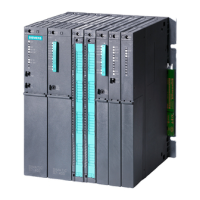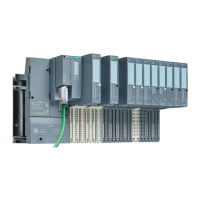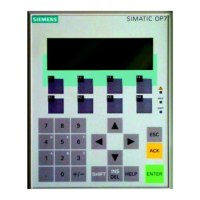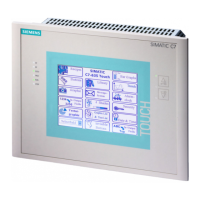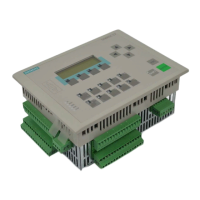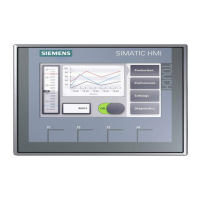OSx Station Basics1-6 SIMATIC PCS 7 OSx 4.1.2 Operator
1.2 PCS 7 OSx Stations
The architecture for a single OSx station is shown in Figure 1-2.Theplant
engineer can connect additional OSx stations to the network to create a
multiple-station system. The functions of the OSx station in a single-station
system are defined below. The other types of PCS 7 nodes (control nodes and
engineering stations) are described later in this section.
The OSx station, which operates as a supervisory station in a single-station
system, communicates with all other nodes on the network to provide these
services:
• Controls and monitors the application process by the exchange of data
with the control nodes.
• Receives tag configuration data from SIMATIC APT or the S7
Engineering Toolset on an engineering station.
• Transmits files to an MIS computer (RDT or @aGlance options) to
maintain a historical record of the process.
The OSx station in a single-station system can have either of these roles:
primary or out_of_service. See page 1-12 for more information about the
out_of_service role. In the primary role, the OSx station has these
responsibilities:
• Maintains the database.
• Controls system state.
• Maintains historical trend data.
• Executes reports and BCL (batch control language) tasks and
coordinates data transfers to any MIS (Management Information
System) units that may be connected to the network.
• Stores report outputs, system logs, and batch logs.
• Archives trend data and report outputs.
OSx Station
(Single-Station
System)

